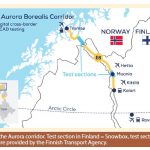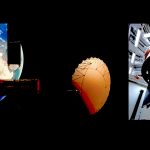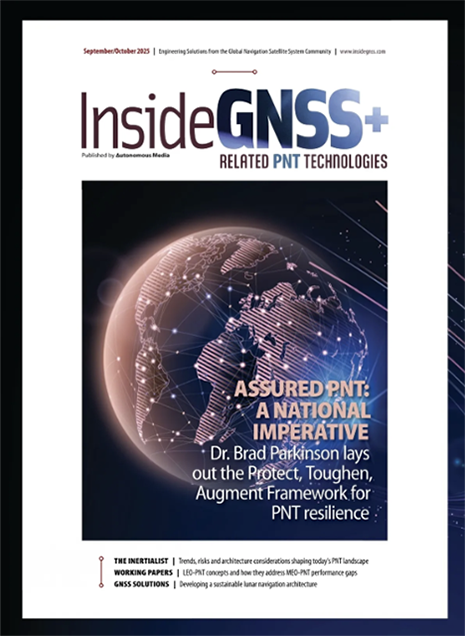New Chimera Signal Enhancement Could Spoof-Proof GPS Receivers
Improvements to GPS performance are often incremental, achieved by squeezing better performance out of existing systems with clever tweaks, smarter analysis and sharper receivers. Then again, every once in a while, there’s a huge leap in the capabilities of the system itself—an advance so big that it makes you appreciate all over again the elegant wizardry of satellite navigation.
By Dee Ann Divis












